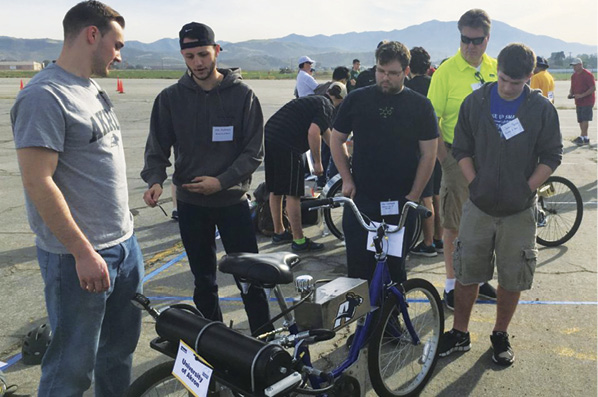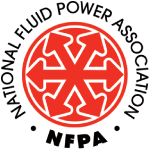Nine University Teams Complete Midway Presentations in NFPA Fluid Power Vehicle Challenge
by Eric Lanke, NFPA President/CEO

Over the last few weeks, I’ve been participating and serving as a judge in the midway presentations of the nine university teams that are competing in this year’s NFPA Fluid Power Vehicle Challenge. The Vehicle Challenge is a workforce development program designed to support teams of undergraduate students as they develop a fluid powered vehicle without the use of chains or belts. By exposing them to hands-on fluid power like this, we hope not only to add fluid power to their engineering toolbox, but to bend them toward the use of fluid power when they enter the workforce.
The midway presentations are an opportunity for the teams to showcase the development and progress of their projects, including their design concept and their proposed component selections. As a judge, my role was to assess this progress, especially with regard to the quality of the simulations and analyses they’ve run, their level of fluid power understanding, and the viability of the plan they’ve put in place to achieve their project goals and deliverables. And I’m not the only judge. Several engineers from the NFPA membership are also serving as volunteer judges, all providing great feedback and encouragement to the teams.
One thing that struck me was that for several of the participating schools, our Vehicle Challenge was the only exposure the participating students had to fluid power in their four years of engineering curriculum. Although disappointing to hear, it helped validate for me the need for a program like the Vehicle Challenge that can bring fluid power to more undergraduate programs through their existing capstone design courses.





